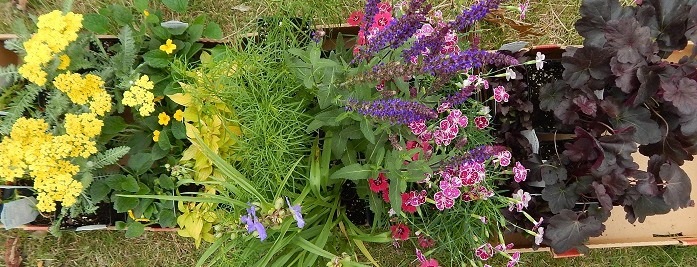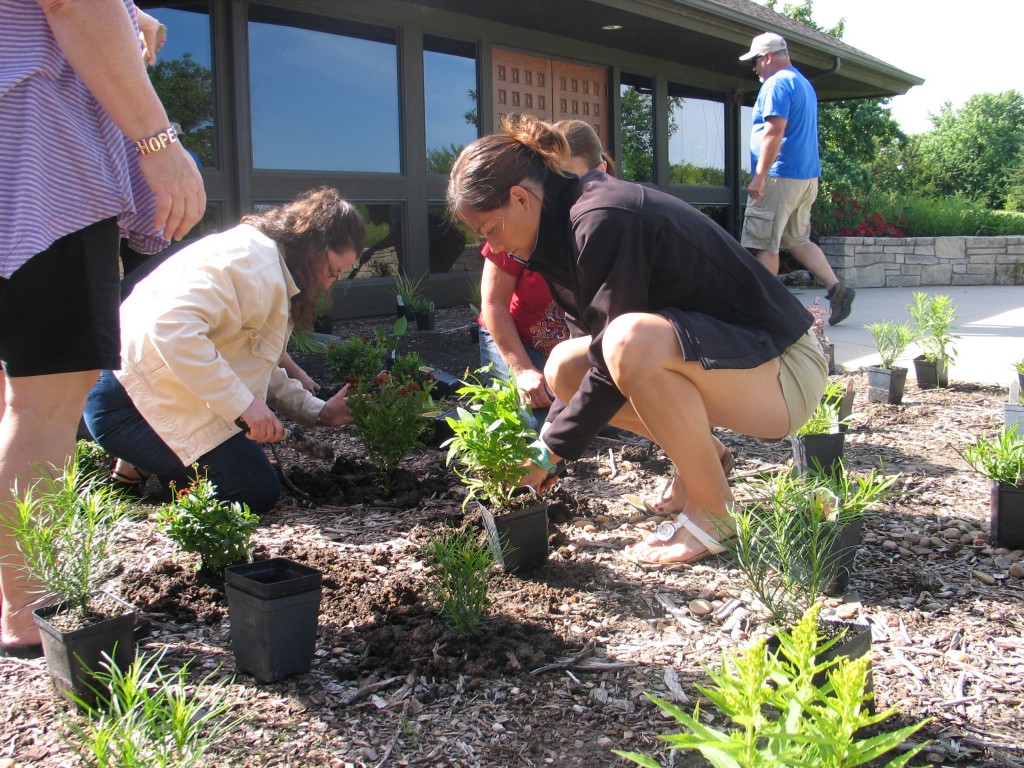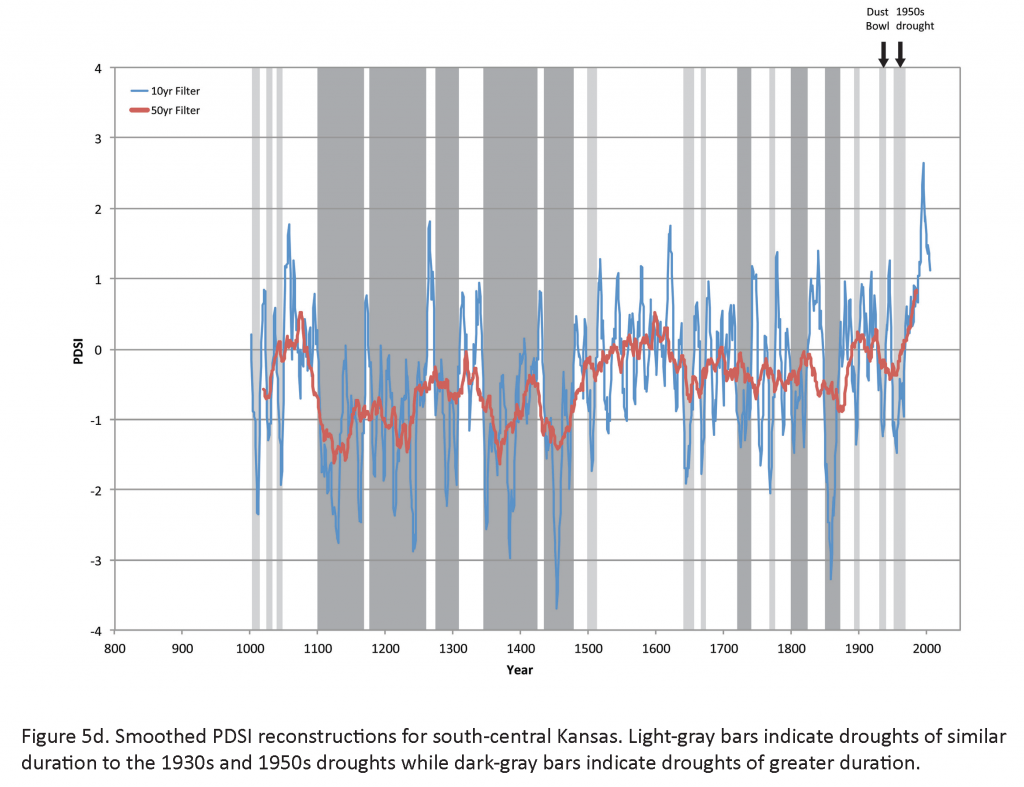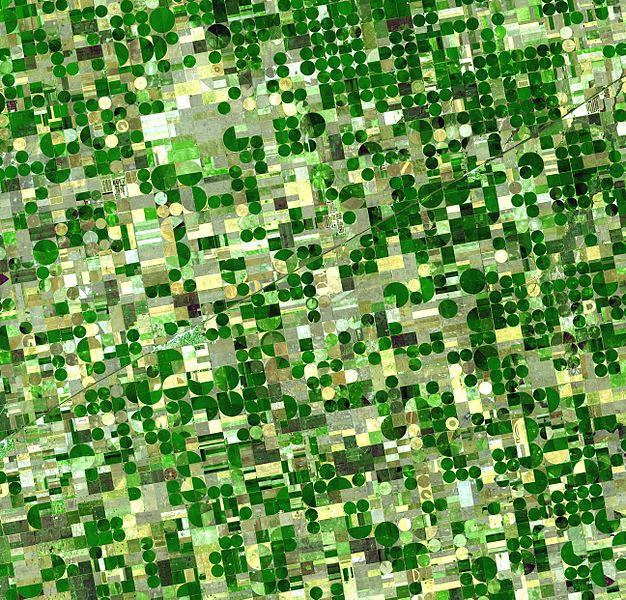Through our work in promoting the use of native plants in landscaping, we have observed that homeowners and gardeners are becoming increasingly aware of the positive impacts they can have on the natural world. At the same time, they are looking for ways they can sit back and enjoy the fruits of their labor.
In a weekly article I receive online, landscape architects were asked to rate the expected popularity of a variety of residential outdoor design elements in 2016. Here are the top trends in landscape design, according to the American Society of Landscape Architects (ASLA):
- Rainwater/graywater harvesting-88%
- Native plants-86%
- Native/adapted drought tolerant plants-85%
- Low maintenance landscapes-85%
- Permeable paving-77%
- Fire pits/fireplaces-75%
- Food/vegetable gardens (including orchard, vineyards, etc.)-75%
- Rain gardens-73%
- Drip irrigation-72%
- Reduced lawn area-72%
These trends highlight the importance homeowners place on a functional landscape – landscapes that reflect their values and life style, gardens that center on solutions to problems rather than creating additional problems. Invest your time and energy in something that can make a significant difference. Think about these four principles as your develop your own sustainable landscape design.
Principle #1 – Treat Water as a Valuable Resource
We have seen the dramatic results of the drought in the west. Throughout 2011 and 2012, we endured our own drought here in Kansas. Certainly, the extremes we faced were not as severe as in places like California or Texas, but the impact on our landscapes can still be seen. Water demand was at an all-time high. Our landscapes were losing water faster than it could be replaced. In the aftermath, people began to ask tough questions about water use, irrigation practices, plant material and rainwater collection.
A sustainable design focuses on proper plant selection (i.e. native plants), drip irrigation if necessary and rain gardens or collection points to capture storm water. This new approach to design keeps water in the proper perspective.
Principle #2 – Value Your Soil
Like water, soil is a finite resource. There are choices we can make to improve our soil and to reduce or eliminate runoff and soil erosion in our landscape.
A sustainable design uses deep rooted perennials and grasses to hold the soil. These plants can be combined in appealing combinations. Beautiful blooms, textures and forms serve functional purposes in the design.
Principle #3 – Choose Native Plants
In my opinion, your first choice in a landscape should always be native plants. There are so many wonderful plants to choose for your landscape. I know there are some amazing adaptable perennials too, but if you start with a base of natives, you will be rewarded year after year.
A sustainable design matches appropriate plants to the site. Right plant, right place.
Principle #4 – Don’t Be Wasteful
Does your landscape add to the landfill? How much waste does it produce each year? Lawns are an important functional element in the landscape. I need a space for my children and pets to roam. They can also generate large quantities of yard waste, especially if you collect grass clippings. Do we need a huge lawn or can it be reduced in size and replaced with beautiful wildflowers, grasses and ornamental trees and shrubs?
A sustainable design evaluates every aspect of the landscape with the goal to reduce your negative environmental impact, while including features that are beneficial to the natural world and beautiful at the same time.
“It’s simple: By gardening with native plants, no matter where you live or how small or large your space is, you can help sustain wildlife.” – Doug Tallamy, Bringing Nature Home
Still wanting more information? You may find some helpful hints on our “Landscaping with Native Plants” page. Or, you may wish to sign up for a Native Landscaping Class and/or visit with one of our staff at the FloraKansas Native Plant Sale, April 21-25.

















